The Real Deal on Blunt Cuts: Your Guide to a Flawlessly Sharp Style
I’ve been behind the chair with a pair of shears in my hand for a long time, and I’ve seen hair trends that have come, gone, and somehow come back again. But the blunt cut? It’s different. It’s not just a trend; it’s a fundamental principle of great hairstyling, a true classic that never fades.
In this article
I still remember the first time I managed to cut a perfectly razor-sharp line back in beauty school. My instructor said something that stuck with me: “Now you get it. It’s geometry.” And they were so right. A blunt cut is all about precision, weight, and having total control. It looks deceptively simple, but getting that flawless line is a real skill.
You’ve probably seen a million photos of celebrities with chic, edgy blunt cuts. What those articles don’t tell you is the why behind the look. They don’t capture the satisfying feeling of perfectly aligned hair falling into place or the crisp snip of professional shears creating that clean edge. That’s what I want to get into here. This isn’t just about picking a picture from a magazine; it’s about understanding the craft so you can get a cut that truly works for you.
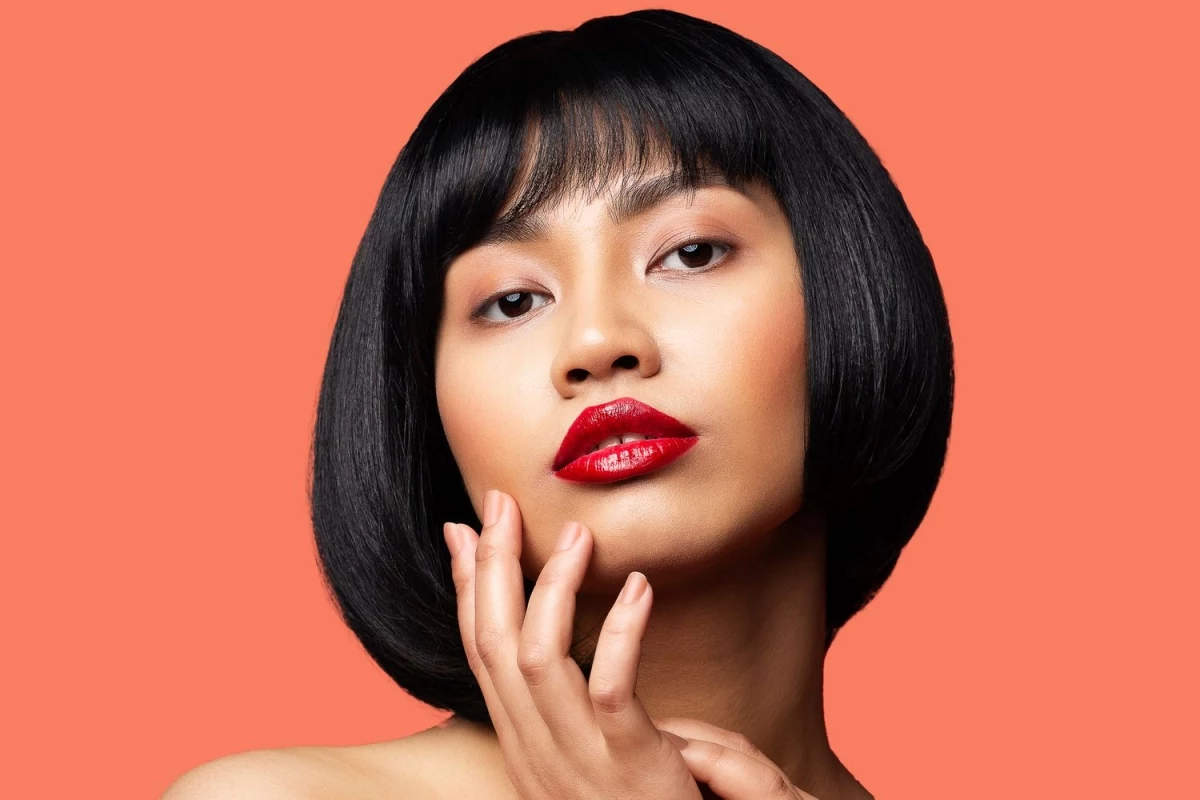
The Secret Science Behind That Sharp Line
Technically, stylists call a blunt cut a “one-length” cut. It’s exactly what it sounds like: all the hair is cut to one single, uniform line without any layers. To pull this off, the pros use a technique called zero elevation. Imagine holding a piece of your hair. If you lift it straight out from your scalp, that’s 90 degrees of elevation. For a true blunt cut, there can be none of that. The hair has to hang in its natural position, with only gravity telling it where to go.
This is where things get a little nerdy, but it’s important. Hair has elasticity, especially when it’s wet—it stretches. A classic rookie mistake is yanking the hair down too tightly before cutting. When that wet hair dries, it shrinks back up, and the line that looked so perfect is suddenly choppy and uneven. A seasoned stylist uses a very light, consistent tension, letting the hair do its thing. It’s all about respecting the hair’s natural texture and tendencies.

Oh yeah, and the tools are a HUGE deal. Professional shears are kept meticulously sharp for a reason. They slice cleanly through the hair, which helps seal the cuticle (the hair’s protective outer layer). This simple act helps prevent split ends and makes your hair look shinier and healthier. Using dull scissors from your kitchen drawer? Please don’t! They crush and fray the ends, causing damage that can travel right up the hair shaft, leaving you with a fuzzy, weak-looking line.
How to Spot a Pro: The In-Salon Process
When a client asks me for a blunt cut, I know they value precision, and that means I need to be on my A-game. Here’s what the process should look like if you’re in good hands.
1. The Consultation is Non-Negotiable
Before a drop of water touches your hair, we need to talk. I’m looking at your hair’s density (how thick it is) and its texture (fine, coarse, etc.). I’m also checking its porosity—how it absorbs moisture. But it’s more than that. I’m assessing your face shape, your lifestyle, everything. A super-sharp, jaw-length bob might look incredible, but if you need to tie your hair up for the gym every day, it’s just not going to be practical.
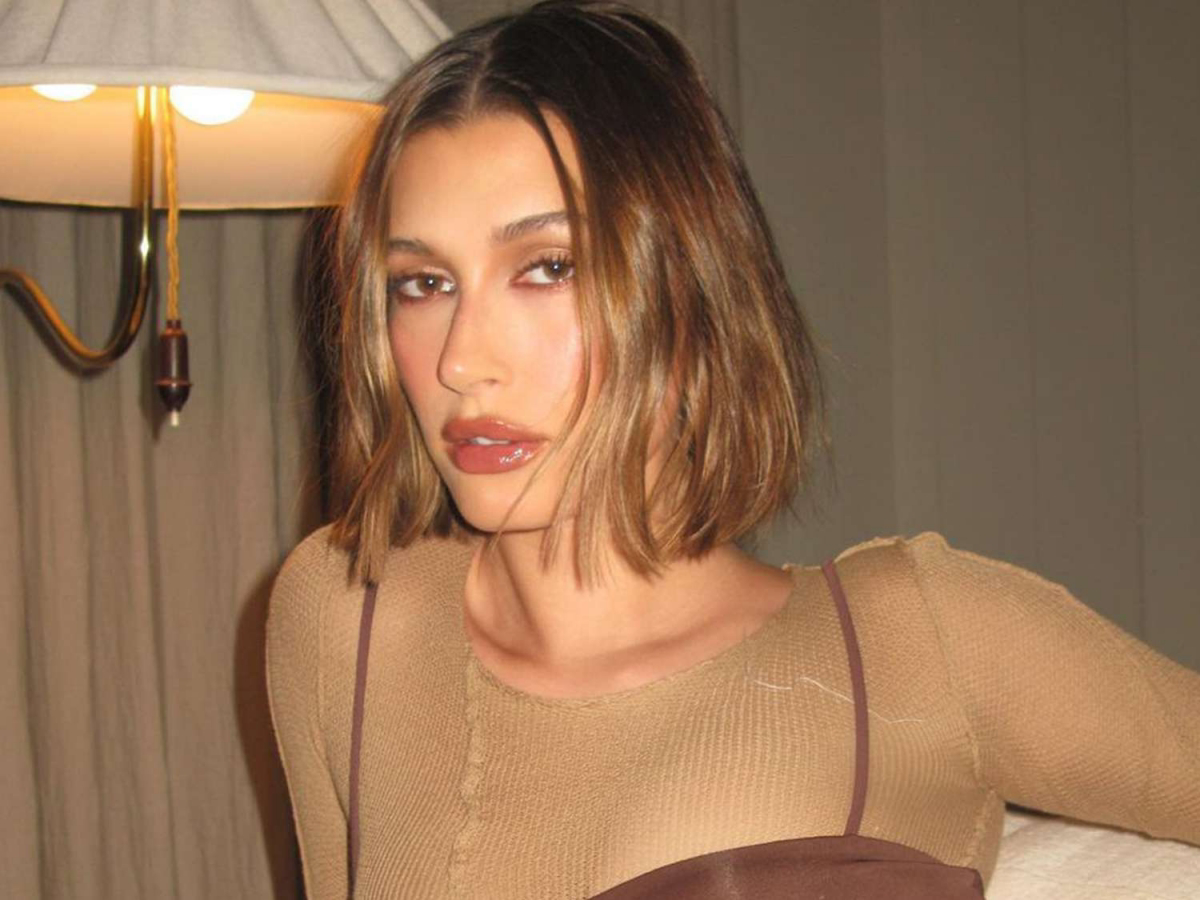
Heads up! If a stylist just whisks you away to the shampoo bowl without a real conversation first, consider it a red flag.
2. The Wet vs. Dry Cutting Debate
Most of the time, I’ll do a blunt cut on wet hair. The water gives me maximum control and helps create the cleanest line possible. But there are exceptions. For very curly or coily hair, cutting it dry is almost always the way to go. Curls have a mind of their own, and each one shrinks differently as it dries. Cutting curly hair wet is a total gamble; you never know how it’s going to bounce up. A dry cut lets me see the hair as it lives and breathes, so I can sculpt the shape perfectly.
3. Sectioning: The Blueprint for a Great Cut
A perfect result starts with clean, organized sections. I part the hair into four main quadrants and clip everything up neatly. From there, I work in thin, horizontal sub-sections, usually no more than a quarter-inch thick. This allows me to see my guide from the previous section, ensuring every single hair is cut to the exact same length. It’s methodical, but it’s the only way to guarantee precision.
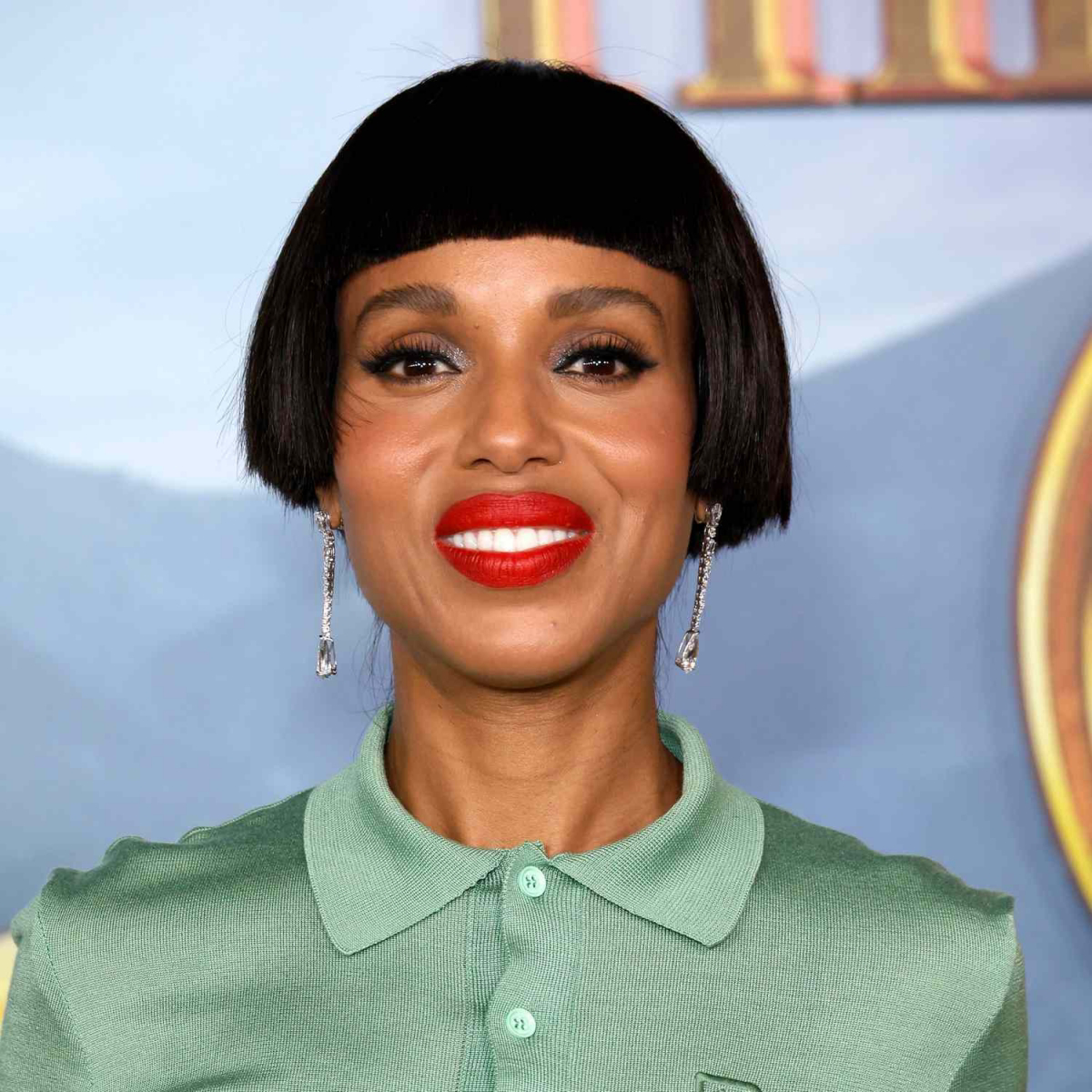
4. The Art of Cross-Checking
Once the cut is done and blow-dried, the quality control begins. This is what separates an okay haircut from a professional one. I’ll have my client tilt their head forward and side to side to reveal any longer bits that might be hiding. I also take small vertical sections of hair; if the cut is perfect, the ends will form a perfectly straight horizontal line. If not, I go back and “dust” the ends until it’s flawless.
Making the Blunt Cut Work for Your Hair Type
A blunt cut isn’t one-size-fits-all. A great stylist will adapt their technique to your hair to make sure you walk out looking amazing, not like you’re wearing a helmet.
For Fine or Thin Hair:
Honestly, this is where the blunt cut is pure magic. By cutting all the hair to a single length, you create the illusion of maximum weight and density at the ends. It can make your hair look twice as thick. I had a client once with fine, layered hair down to her waist that always looked a bit see-through at the bottom. We took a deep breath and chopped it to a collarbone-length lob, all one length. The difference was stunning—her hair instantly looked fuller, healthier, and so much more luxe. She felt like a new person!
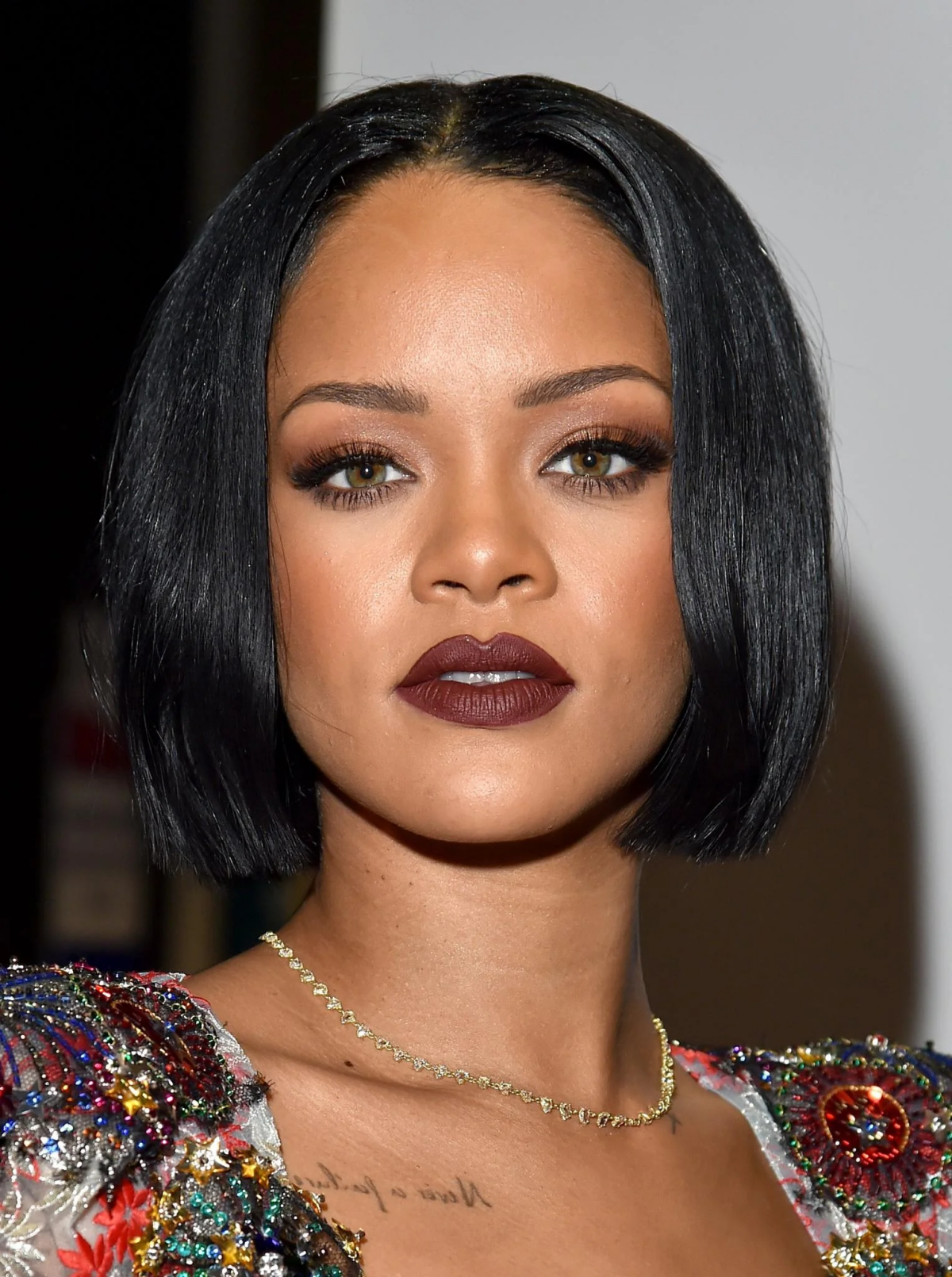
For Thick or Coarse Hair:
Here, we have the opposite challenge. A standard blunt cut on very thick hair can create the dreaded “pyramid” shape—all bulk and no movement. For this, we use some advanced tricks to remove weight on the inside without breaking that sharp line on the outside. This is often called internal texturizing or channel cutting. From the outside, it looks like a perfect blunt cut, but we’ve secretly debulked it so it falls beautifully.
Pro Tip: If this is you, here’s how to ask for it. Tell your stylist, “I love the sharp line of a blunt cut, but my hair gets really puffy. Can we explore some internal texturizing to remove bulk without adding visible layers?” It shows you know what you’re talking about and opens up the right conversation.
For Curly and Wavy Hair:
Like I mentioned, this usually means a dry cut. I learned this lesson the hard way early in my career. A new client with gorgeous curls wanted a bob. It looked perfect when wet, but when it dried, her curl pattern made one side spring up a full inch higher than the other. Mortifying! Now, I cut curl by curl, shaping the blunt line based on how the hair naturally wants to fall. It creates a stunning, solid shape for curls, but it absolutely has to be done with the hair in its natural state.

How to Ask for What You Want (And Get It)
Knowing the lingo helps you and your stylist get on the same page. Here are a few common variations:
- The Blunt Bob: This classic cut usually sits somewhere between the chin and the jaw. It’s a power move. To avoid confusion, be specific about the length, like “a bob right at my jawline.” It frames the face beautifully but, fair warning, you’ll need trims every 4-6 weeks to keep that line looking sharp.
- The Lob (Long Bob): My most requested version. The length falls somewhere between the shoulders and collarbone, making it incredibly versatile. You get that strong, clean line, but you still have enough hair to pull it back. It’s a great entry point if you’re a little nervous about going short. Maintenance is a bit easier, usually every 6-8 weeks.
- The Long Blunt Cut: For hair past the collarbones, a blunt perimeter looks incredibly polished and expensive. It’s a great way to make long hair look intentional and super healthy, especially after removing damaged ends from old layers. You can stretch trims to about 8-12 weeks here.
- The Blunt Cut with Bangs: Adding a fringe is a real commitment. A heavy, blunt bang cut straight across creates a very strong, graphic look. Be ready for frequent maintenance—I usually recommend bang trims every 2-3 weeks, a service many salons offer for a small fee (around $10-$20) between full haircuts.
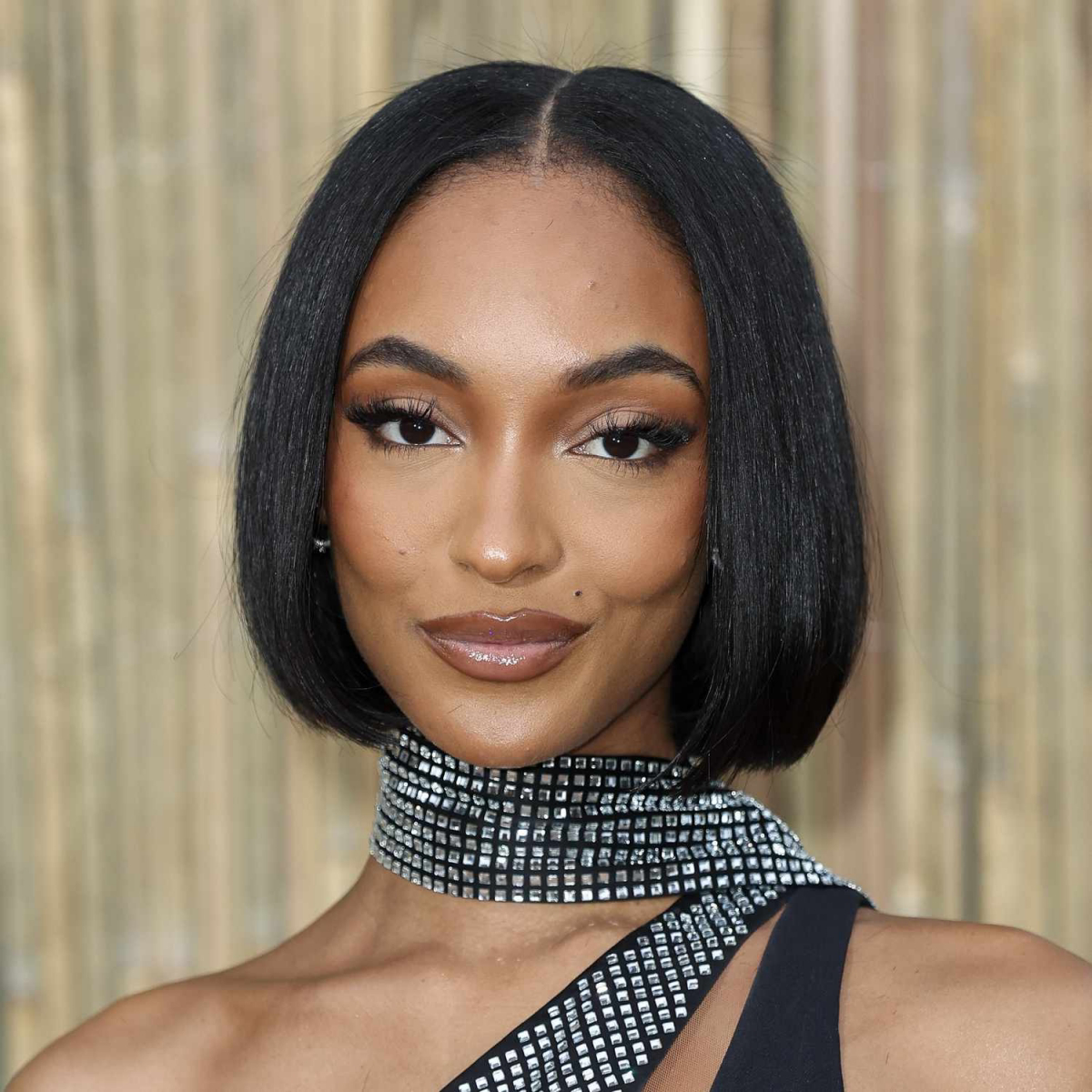
Maintaining Your Cut: The Realistic Guide
A precision cut needs a little love to stay looking its best. Think of it like a tailored suit—you wouldn’t just wad it up in a ball.
Styling at Home:
To get that sleek, salon look, your technique matters more than the product. When you blow-dry, always use the nozzle attachment—it concentrates the airflow. Point the dryer downwards, from root to tip, to smooth the hair’s cuticle. This is your secret weapon against frizz and for major shine.
If you’re using a flat iron, a heat protectant is non-negotiable. For a great drugstore option that gets the job done, I often recommend the L’Oréal Sleek It spray, which you can find for about $5. If you want to splurge on a salon-quality favorite, the Kenra Platinum Blow-Dry Spray is fantastic and runs about $22. And please, one smooth pass per section is plenty! Going over and over the same piece is what fries your hair.

Time-Saving Hack: In a rush? You don’t have to flat iron your whole head. Just smooth the top “canopy” section and the front pieces that frame your face. It gives the illusion of a perfect style in under 5 minutes.
A Quick Word on Trimming at Home:
I get asked this all the time. My honest, professional answer is: please don’t. It is so incredibly hard to see your own head and keep a line straight, especially in the back. I’ve spent countless hours fixing DIY haircuts. If you absolutely must snip a piece that’s bugging you, use proper hair shears and only trim the tiniest amount possible from the very front. But you’re taking a risk!
Let’s Talk Numbers: Cost, Climate, and Finding Your Stylist
So, what’s this investment going to cost? A blunt cut is a fantastic test of a stylist’s skill, and the price often reflects their level of expertise.
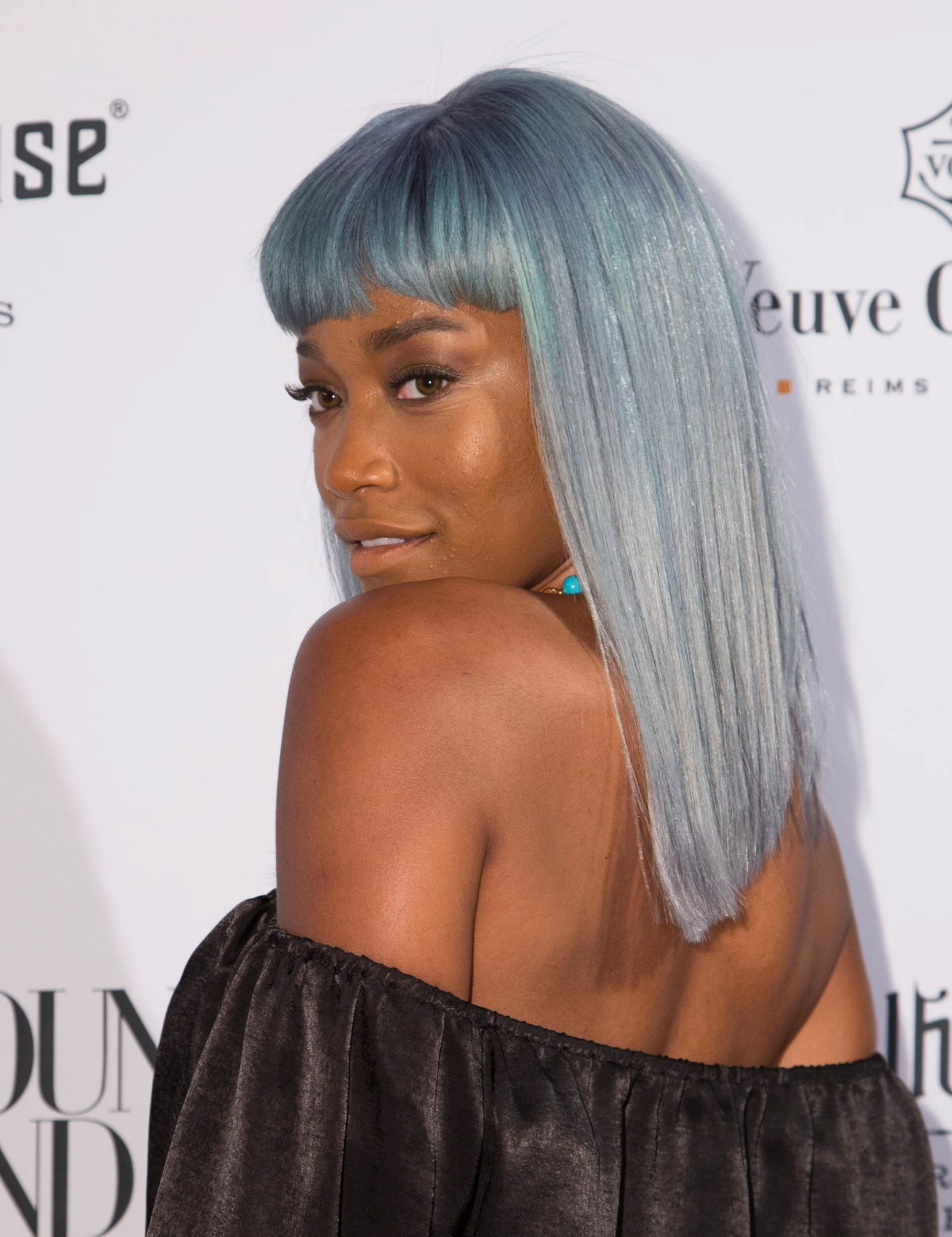
- In a smaller town or a chain salon, you might be looking at $45 – $75.
- In a mid-range city salon with an experienced stylist, expect to pay $80 – $150.
- For a top-tier specialist in a major city, it could be $150 or more.
Remember, you’re paying for their obsession with straight lines and the years of training it took to perfect them.
And how do you find one of these pros? Start by doing a little research. Look at local salon or stylist Instagram pages. Do they post photos of sharp bobs and clean lines? Is their work consistent? Then, book a consultation and ask them directly: “How do you approach blunt cuts on hair with my texture?” Their answer will tell you everything you need to know. If they get excited and start talking about tension and cross-checking, you’ve found a keeper.
Finally, a blunt cut is more than just a haircut. It’s a commitment to a strong, deliberate style that radiates confidence. When you find the right stylist who respects the art of precision, you’re not just getting a trim—you’re getting a piece of craftsmanship you get to wear every single day.
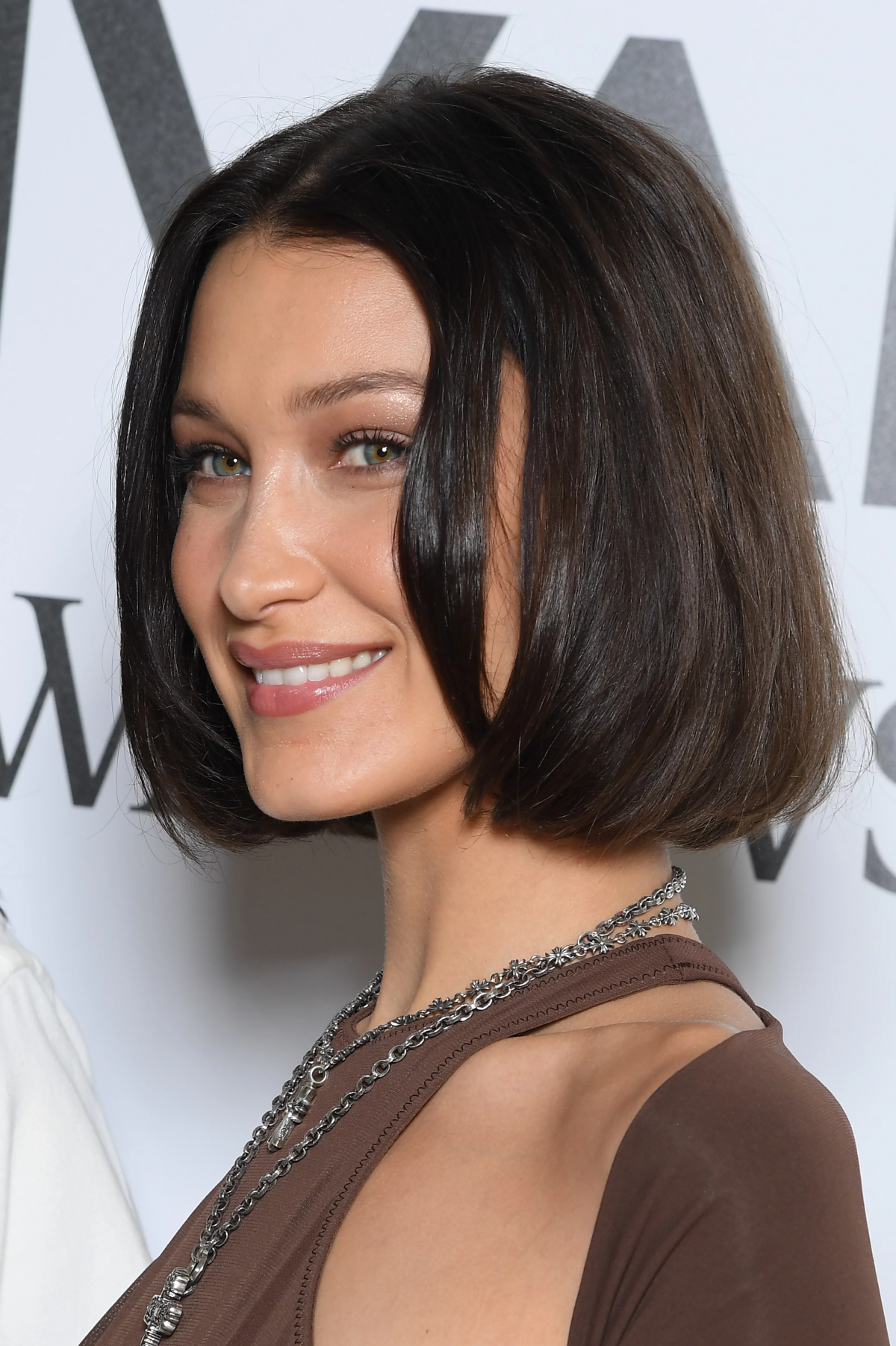
Galerie d’inspiration
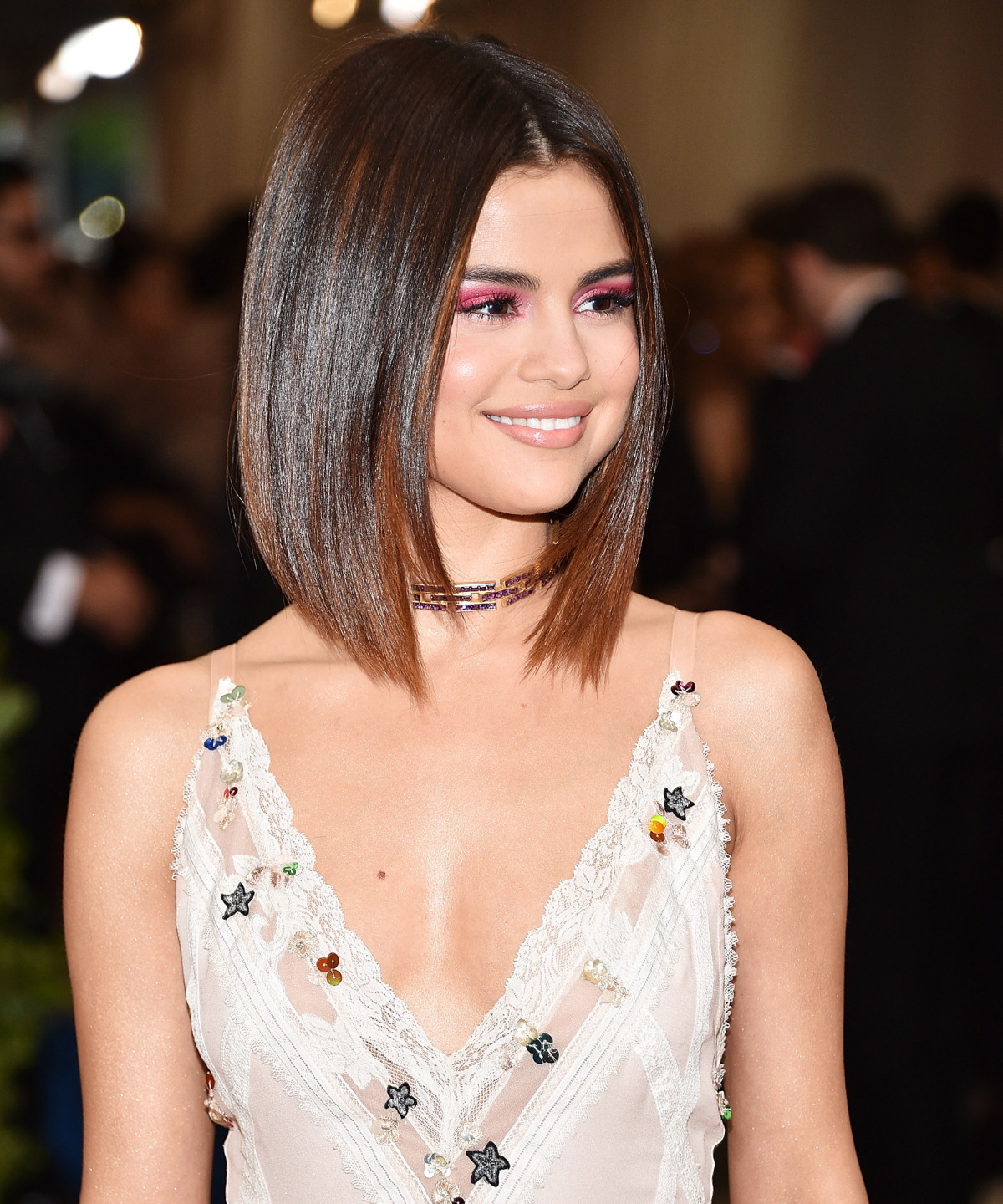
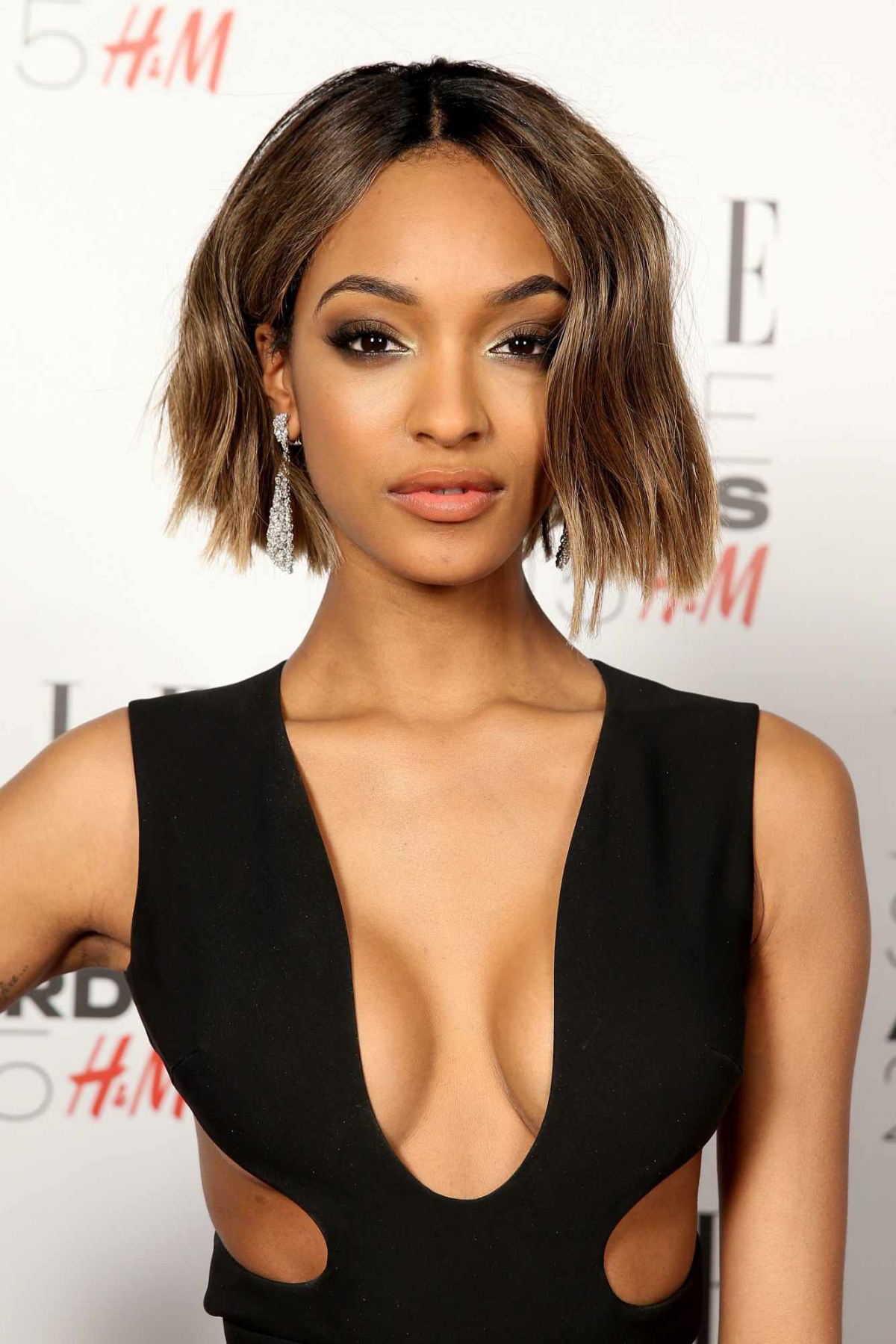
Nearly 40% of women say a new haircut boosts their confidence more than a new outfit. The blunt cut, with its clean lines and intentional look, is a prime example of this power.
This feeling comes from the cut’s inherent structure and precision. Unlike softer, layered styles, a blunt cut conveys purpose and modernity. It feels less like something that happened by chance and more like a deliberate, strong style choice, which can translate directly into a personal sense of empowerment.


Can you really maintain a blunt cut if you have fine hair?
Absolutely! In fact, it’s one of the best styles for making fine hair appear thicker and fuller. By cutting all the hair to a single length, you create a solid, weighty line at the ends, which gives the illusion of density. The key is to avoid heavy texturizing or razoring, which can make fine ends look sparse. Ask your stylist to use sharp shears for a crisp, clean finish that maximizes volume.
- Keeps hair looking healthy and full.
- Reduces the appearance of split ends.
- Creates an instantly polished, chic look.
The secret to achieving these benefits at home? The right tool. A quality straightener, like the ghd Platinum+ Styler, uses consistent heat to seal the hair cuticle after washing, reinforcing that sharp, just-cut line and giving it a glossy, professional finish that lasts until the next wash.










